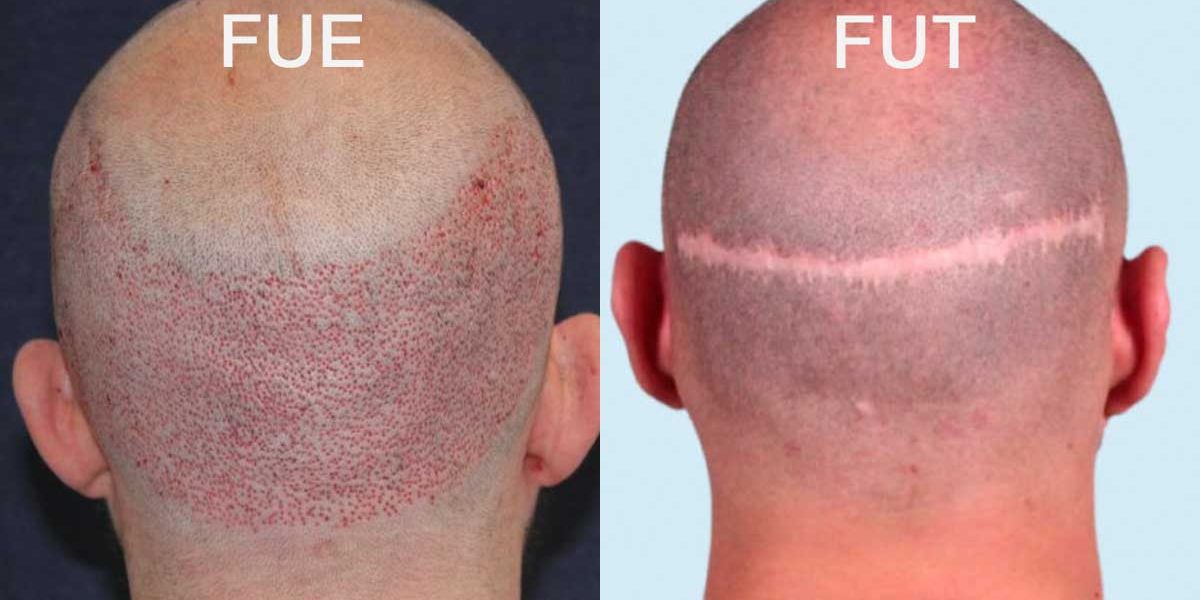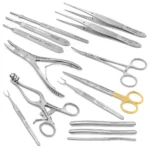One of the most common questions asked by those considering hair restoration is: “Will I need multiple sessions for a hair transplant?” The answer depends on several factors such as the extent of hair loss, the density desired, the type of hair transplant method used, and the characteristics of your donor area. While some individuals achieve their desired results in a single session, others may require multiple sessions to fully restore volume and natural appearance. Understanding this aspect is crucial when planning your Hair Transplant in Dubai(زراعة الشعر في دبي) journey.
For patients dealing with advanced male pattern baldness, crown hair loss, or temple recession, a single hair transplant session may not provide adequate coverage. In such cases, multiple procedures spread over time can yield more refined, dense, and permanent results.
Factors That Determine the Number of Hair Transplant Sessions:
Extent of Baldness and Hair Loss Pattern
Your degree of hair loss plays a major role in deciding how many sessions you’ll need. The Norwood scale is commonly used to evaluate male pattern baldness, ranging from minimal hairline recession to severe crown and frontal balding. If your bald area is wide and your donor area has limited grafts, it may require staged sessions.
Donor Hair Density and Scalp Condition
-
A thick donor area (typically from the back of the scalp) can provide more grafts in a single session.
-
A thin or weak donor area may need conservative extraction over multiple sessions.
-
Individuals with scarring alopecia or skin sensitivity may also benefit from spaced-out treatments to minimize trauma and ensure proper healing.
Single vs. Multiple Hair Transplant Sessions:
When a Single Session Might Be Enough
-
You have minor thinning or a receding hairline
-
You are seeking moderate density, not maximum coverage
-
You’re undergoing FUE (Follicular Unit Extraction), which allows precise graft placement
-
You’re restoring a small region like the temples, eyebrows, or beard area
When Multiple Sessions Are Typically Required
-
Large bald areas like the crown, mid-scalp, or full top of the head
-
Advanced-stage hair loss with little natural coverage
-
You want high-density results
-
You’re combining techniques (e.g., FUE followed by FUT) to optimize outcome
-
You require corrections from a previous poorly done transplant
Each session is spaced several months apart to allow full healing, regrowth, and proper assessment of how your scalp and follicles respond to the first treatment.
Risks and Considerations of Undergoing Multiple Hair Transplant Sessions:
Possible Risks
-
Repeated surgeries may slightly increase the risk of scarring or donor depletion
-
Minor swelling or discomfort post-surgery may recur with each session
-
Need for more downtime and healing phases
-
Prolonged timeline to achieve final desired look
However, these risks are usually minimal with proper planning and aftercare. Patients who space out their sessions responsibly often report highly satisfactory outcomes.
Key Benefits of Multiple Hair Transplant Sessions:
Advantages of Staged Transplant Treatments
-
Greater density and natural-looking results can be achieved gradually
-
Custom adjustments based on how the hair grows after the first session
-
Minimally invasive approach reduces trauma to the scalp
-
Less visible scarring especially when using FUE in multiple smaller sessions
-
You get to monitor the success of each session and plan accordingly
For example, after the first session, areas like the frontal hairline may show great results. If the crown still lacks fullness, a second session can target that specifically.
FAQs About Needing Multiple Hair Transplant Sessions:
Do most people need more than one hair transplant session?
Not everyone. It depends on the extent of hair loss and your goals. Many achieve satisfactory results in one session, while others opt for more for increased density.
How long should I wait between sessions?
Usually 6–12 months. This allows your scalp to heal and hair to grow so your specialist can evaluate the outcome.
Is the second session more painful?
No. Discomfort levels remain about the same. Most patients report minimal pain due to local anesthesia.
Will I see results after the first session?
Yes. New hair begins to grow within 3–4 months, and full results typically appear after 9–12 months.
Can I plan all sessions in advance?
Yes, but adjustments may be needed based on how your hair responds after the initial session.
Conclusion:
If you’ve been wondering, “Will I need multiple sessions for a hair transplant?”, the honest answer is: it depends. While some individuals achieve excellent results in one go, others may require two or more sessions to fulfill their desired Hair Transplant(زراعة الشعر) density and coverage. Factors like the size of the balding area, donor hair availability, and personal aesthetic goals all influence the number of procedures needed. Opting for multiple sessions can actually lead to a more natural, balanced, and long-lasting result. Always keep in mind that hair transplant procedures are not just about covering baldness, but about achieving a fuller, more confident version of yourself.












